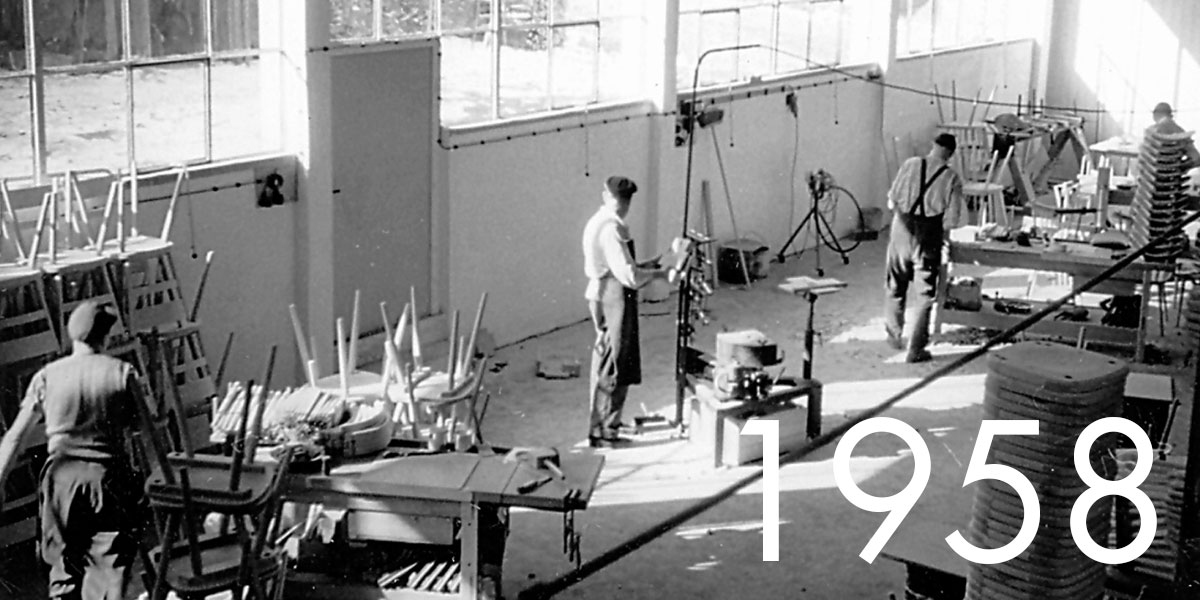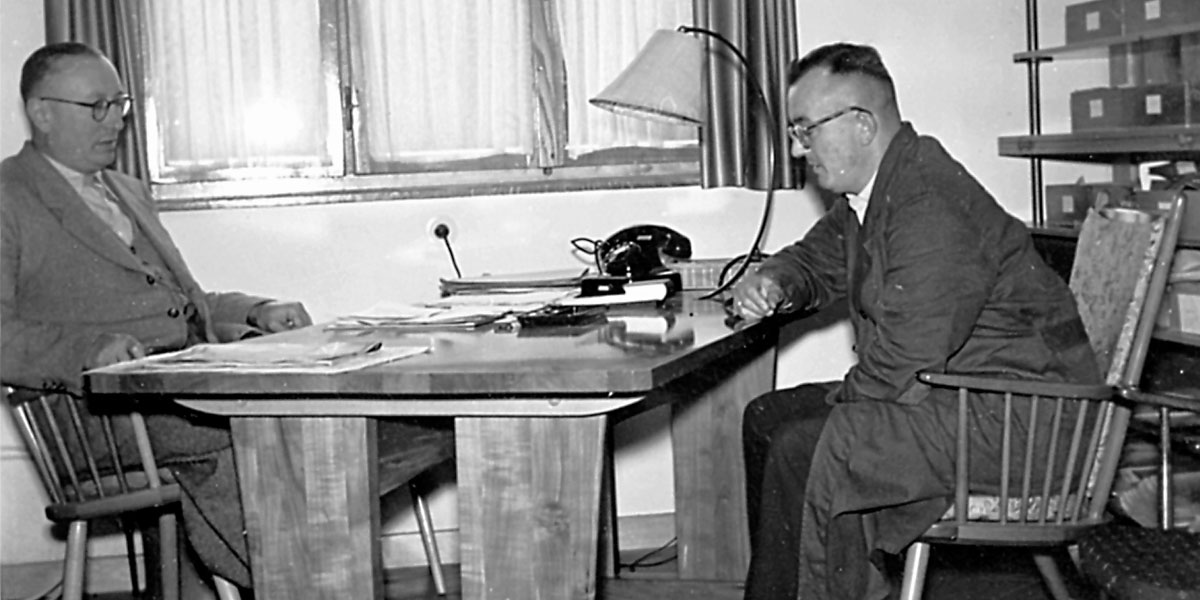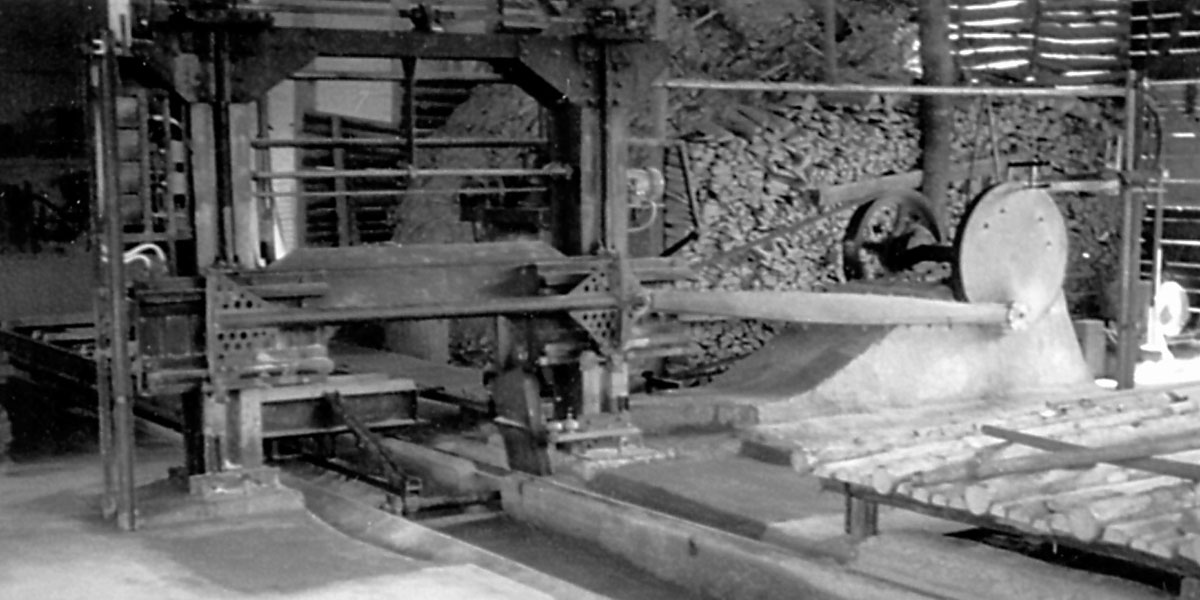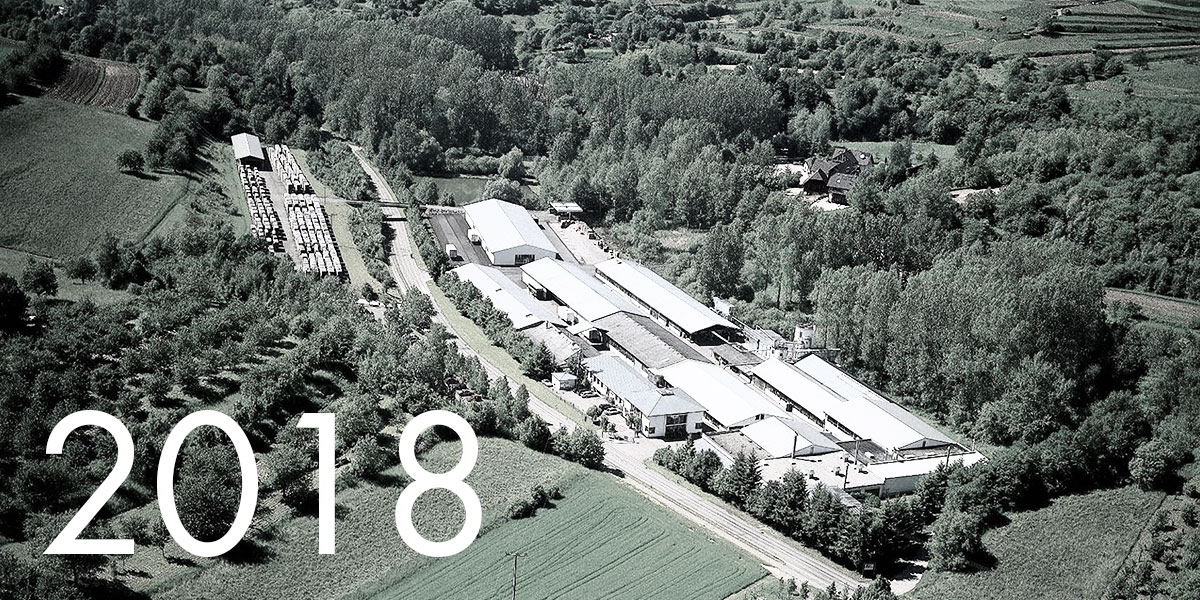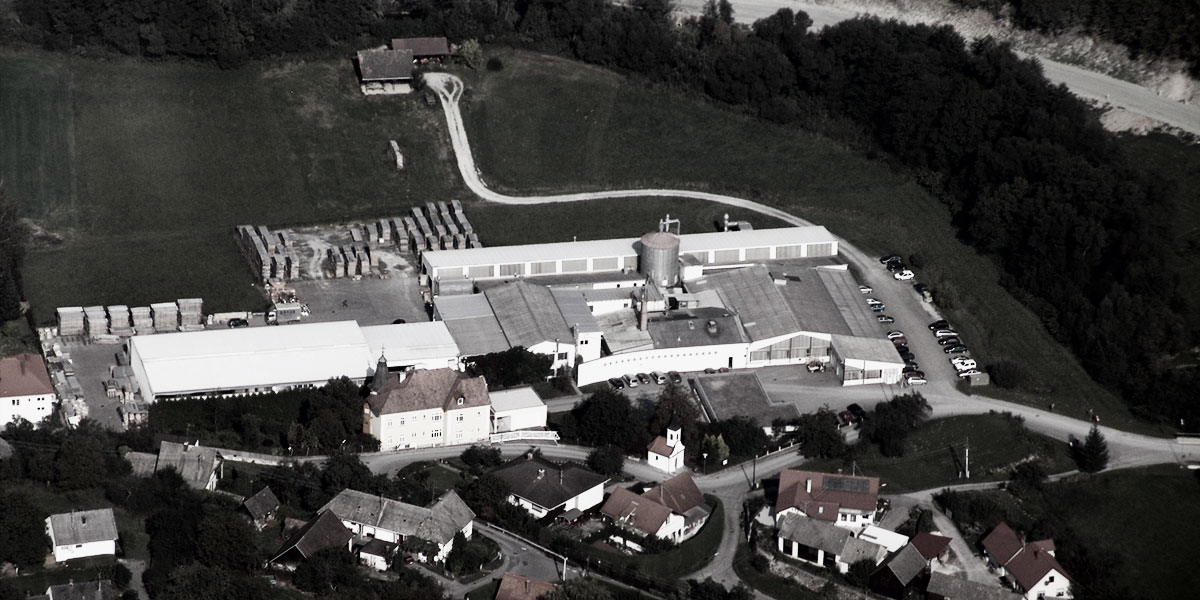history
More than 140 years of brand success
From wooden broomsticks to the comprehensive furnishing of public areas
Discover how the success story of SCHNEEWEISS interior and its German and Austrian companies and brands began. Each of three small craft businesses wrote its own chronicle: Erich and Herbert Hiller started with the production of wooden broomsticks, Johann Braun produced wooden household items and Eduard Rosenkranz specialized in leather goods. Today, the competencies can be found in the comprehensive furnishing of public areas - throughout Europe and beyond. Join us on a journey through time and discover the origins.
1873 | foundation of rosconi
The Rosenkranz family is the founder of the tannery and leather goods factory “Eduard Rosenkranz & Cie.”, situated in todays county of Limburg-Weilburg.
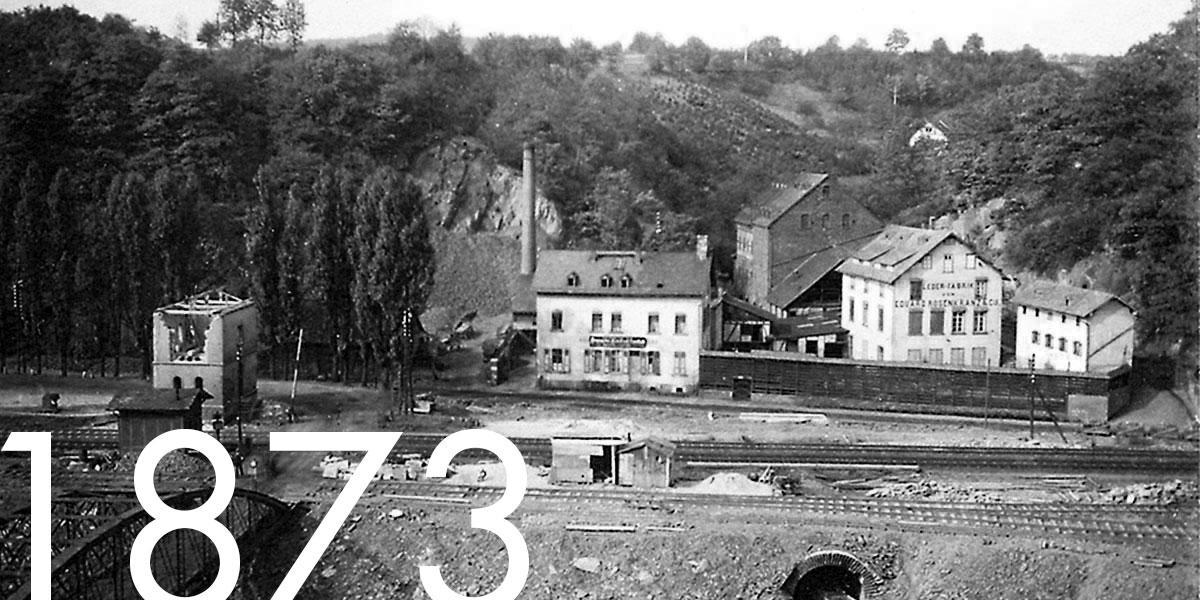
The tannery Eduard Rosenkranz & Cie., around 1912 | © Fotosammlung des Geschichtsvereins Weilburg e.V., Album August Reeh, Nr. 65
1921 | BRAUN Lockenhaus: the beginnings
In 1921 Kommerzialrat Johann Braun founds the company situated at the foot of Lockenhaus castle in the Austrian Burgenland. At first the company manufactures furniture for schools as well as “wooden products of different kinds, such as grinders for the cleansing of grain, outdoor furniture and appliances for home and kitchen”.
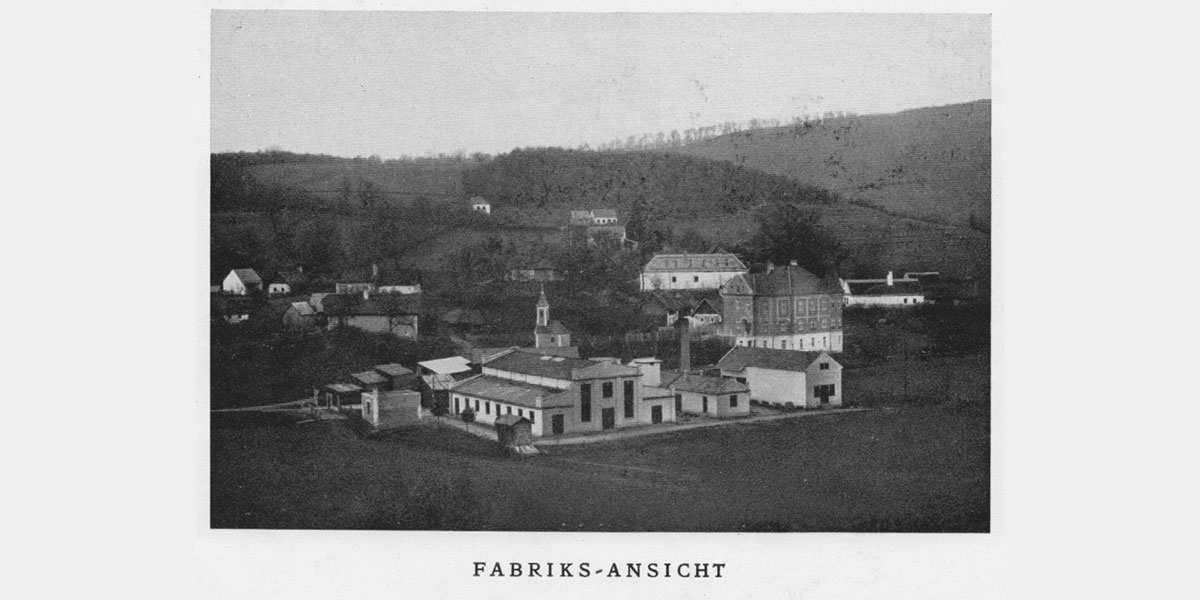
BRAUN Lockenhaus | picture postcard | © Industriedokumentation schlot.at (www.schlot.at)
1936 | the cornerstones of the company Hiller are laid
The brothers Erich and Herbert Hiller found a craft enterprise that focuses on the manufacturing of wooden products as well as wooden broomsticks for the household.
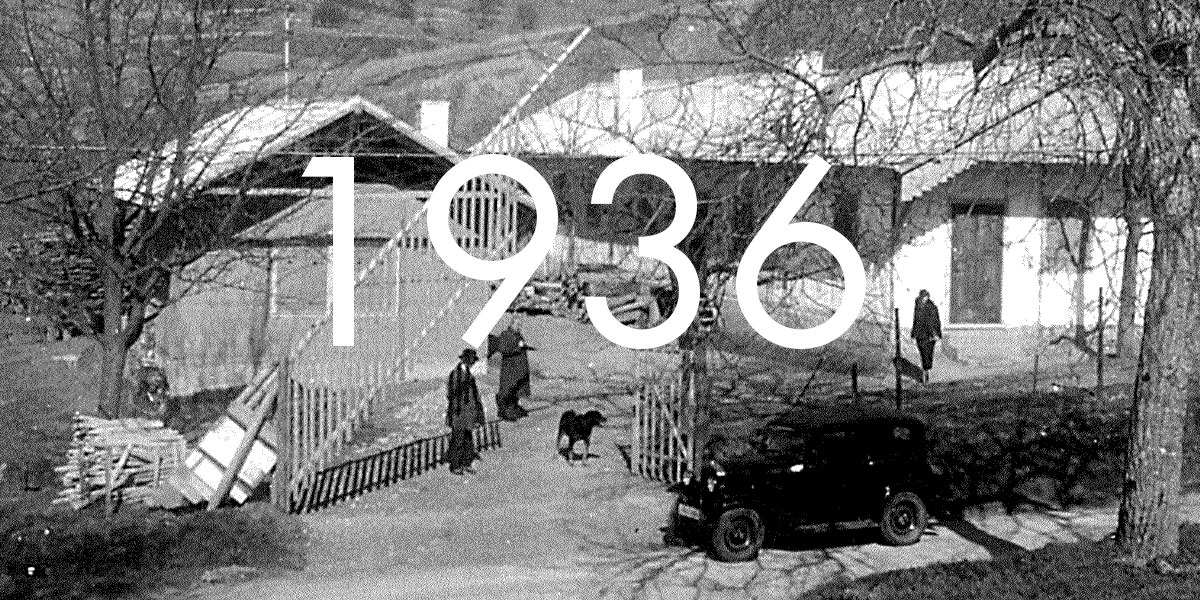
Erich and Herbert Hiller found a craft enterprise that focuses on the manufacturing of wooden products as well as wooden broomsticks for the household.
The 1950s
Hiller Objektmöbel
After World War II, nearly all wood supplies are used up. Hiller is looking for new business fields: The brothers take the residual beech wood as well as the synthetic resin varnish they used to produce household goods before the war and produce washable restaurant tables and matching rustic chairs. In 1950, Hiller is already known as a chair and table manufacturer; in 1957, the company decides to focus exclusively on furniture production. Year after year, the company reports growth rates, a development which is reflected in the expansion of the production site as well as in the modernization of the production. With its own frame saw, Hiller secures independence from sawmills; additionally, the foundation for the production of tubular steel chairs is laid by the company’s own locksmith department.
The 1960s
Hiller Objektmöbel
Erich Hiller, who has been running the company after his brother's death in 1960, develops the first folding table and makes the stacking of wooden chairs publicly respectable. The originally regionally limited sales area expands rapidly. Exactly 28 years after its foundation, the company achieves a sales figure of one million DM.
rosconi
The company’s strategic orientation towards the manufacturing of metal and stainless steel items is the basis for future expertise in materials as well as the systematic creation of a premium product portfolio including wardrobe solutions, smoker’s lounges and lobby items. The upcoming decades successfully combine the use of modern technologies with craftsmanship and high-precision work.
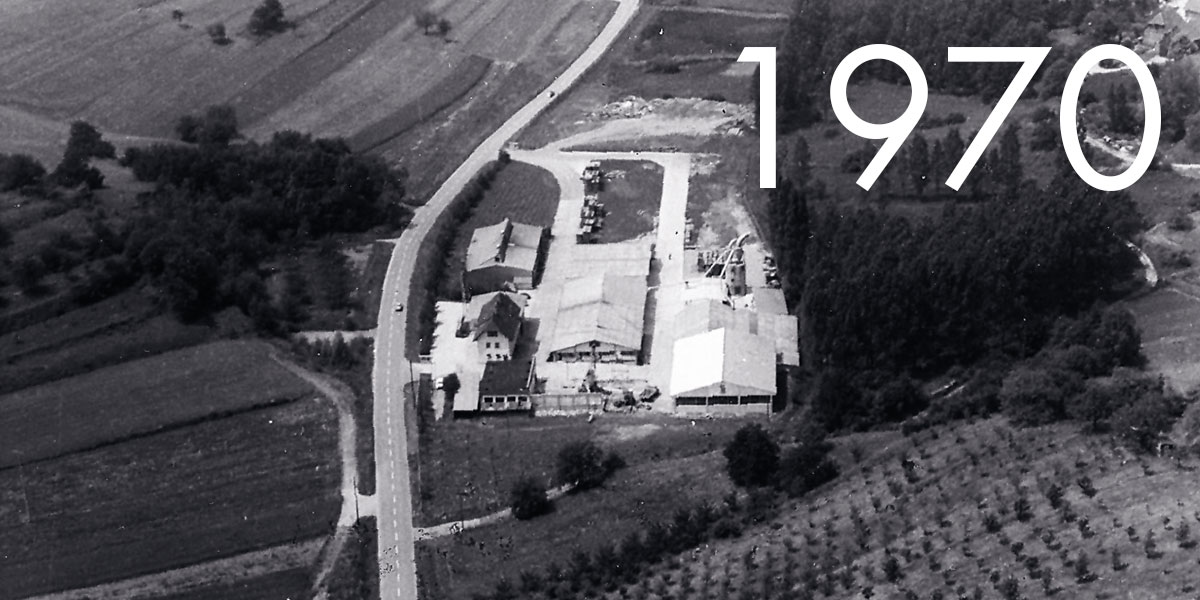
Hiller: Aerial view around 1970
The 1970s
Hiller Objektmöbel
Rolf Hiller takes over the family business. Subsequently, the company develops two unique technological features: “DeltaStat”, a patented hinge which is still used within the delta table collection and “GenioFlex”, a flexible laminated wood frame that automatically compensates for uneven floors. Equipped with "GenioFlex", the contract chair "elena", which was developed in the 1980s, is becoming a design classic worldwide.
BRAUN Lockenhaus
An adaptation to the latest market developments takes place. BRAUN Lockenhaus focuses on the manufacturing of seating furniture made of solid wood, bentwood, wood laminate and tubular steel. With this move the company becomes one of the very few Austrian enterprises specialized in bentwood technique.
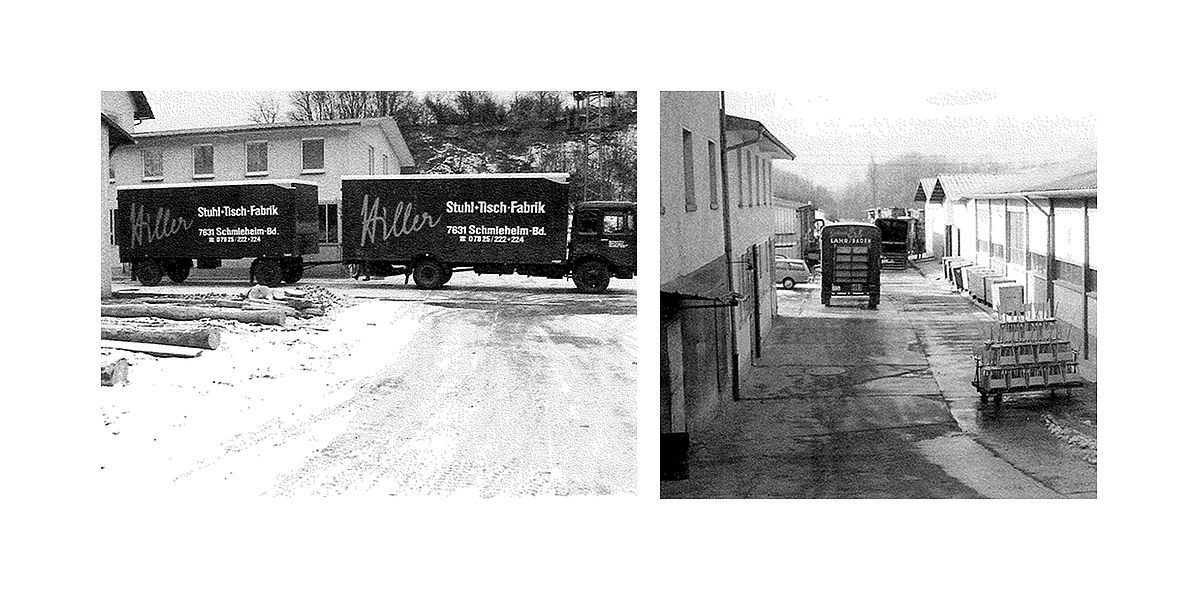
The Hiller company in the early 1970s
The 1980s
Hiller Objektmöbel
In 1986, the office and administration building burns down. Rolf Hiller uses the disaster to start over and to computerize the administration.
The 1990s
Hiller Objektmöbel
In 1990, Hiller generates a turnover of 24 million DM with 142 employees. The annual production is 35,000 tables and 120,000 chairs.
A unique investment within this industrial branch is the installation of a paint-in-paint system in 1994. It recycles the abundant and normally disposed varnish spray mist for reuse. Eight years later, innovative technology once again secures the lead and increases vertical integration: fabric cutting machines cut the fabric used for the upholstery so effectively that hardly any waste is produced.
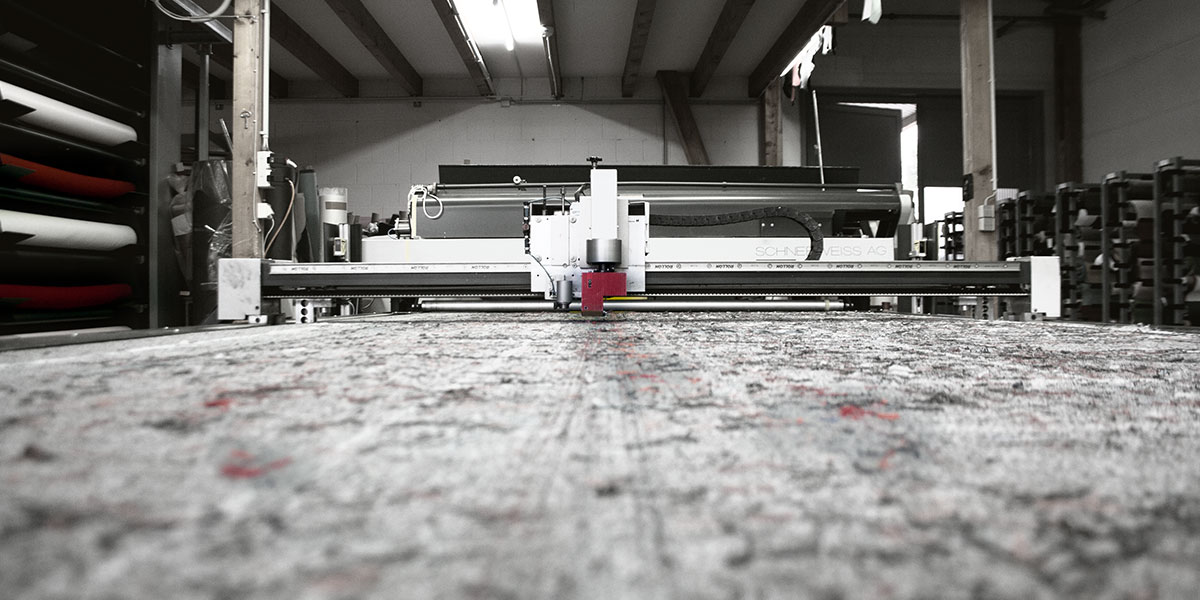
Innovative technology: the fabric cutting machine cuts the fabric used for the upholstery so effectively that hardly any waste is produced.
The 2000s | a European contract furniture brand is born
2002
Rolf Hiller sells 60 percent of the company shares and withdraws from the operative business. However, the company succession is regulated: Together with the managing directors of a Swiss investor group, Rolf Hiller sets the future course for the company.
2004
Jürgen Dreher becomes managing director of Hiller.
2005
The Hiller Group comes to life. With the take-over of the traditional Austrian contract furniture manufacturer BRAUN Lockenhaus the first step in order to build a European contract furniture group and to open new market segments is done. Jochen Joachims becomes managing director.
2006
After four years in the Swiss investor group, managing director Jürgen Dreher and authorized officer Alexander Allgaier take over 62 per cent of the company shares. The Hiller Group becomes an owner-managed company again.
2008
Hiller integrates its development section into its newly established company atelier schneeweiss. In the same year, the millionth copy of the wooden chair classic "elena" is sold.
2009
The Hiller group, later known as SCHNEEWEISS AG interior, takes over the activities of rosconi as new owner. Through the acquisition, the group grows to about 265 employees and an annual turnover of 40 million euros.
In the same year, the company group's own logistic company widra logistik is founded.
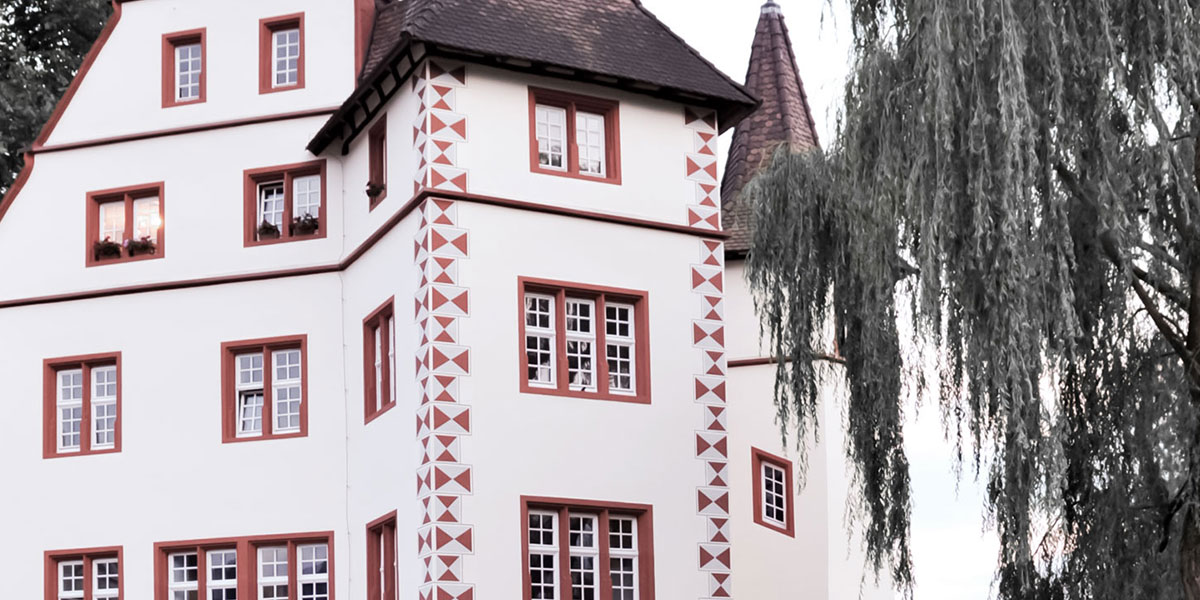
Schmiehiem castle, built around 1604, headquarters of SCHNEEWEISS interior
The 2010s | SCHNEEWEISS interior is on the road to success
2010
The Hiller Group becomes SCHNEEWEISS AG interior, company site is the renaissance castle in Schmieheim. The foundation of the AG aims at a clear and equal positioning of all brands. The board consists of Jürgen Dreher and Alexander Allgaier. In 2011, they take over all shares; Jürgen Dreher, chairman of the board, becomes majority shareholder. The SCHNEEWEISS AG is not listed on the stock exchange.
2014
rosconi finds the necessary breeding ground for the manufacturing of German high quality products in the town of Kippenheim. The pooling of expertise of a creative lab, a manufactory and an inhouse logistic at the headquarters of SCHNEEWEISS AG interior reinforces the local synergies. As a manufactory the company remains bound to the individual implementation of customer’s needs. At the same time, rosconi is backed up by a strong, innovative enterprise which guarantees a high degree of vertical integration.
In 2014, around 250,000 chairs and 40,000 tables are produced by SCHNEEWEISS AG subsidiaries in Germany, and around 60,000 chairs and 8,000 tables in Austria; 250 employees generate annual sales of around 50.5 million euros. The export share is 36.5 percent.
2015
Alexander Gut, authorized signatory of rosconi GmbH, is appointed as managing director of the company. He replaces rosconi's former managing directors Jürgen Dreher and Alexander Allgaier.
2017
Only one and a half years later, Gut also joins the management of Hiller Objektmöbel GmbH and strengthens the management exercised by Jürgen Dreher and Alexander Allgaier.
2018
Alexander Allgaier withdraws from the management of Hiller Objektmöbel and founds ALS GmbH Accounting - Logistics - System. The company specializes on services in the sectors finance, human resources, IT and logistics. With its services ALS mainly serves SCHNEEWEISS AG and its subsidiaries.
rosconi GmbH takes over D-TEC, expert in the field of design and production of high-end home furniture as well as accessories collections as of November 1, 2018. By taking over the premium brand, rosconi complements and expands its existing quality portfolio with numerous innovative high-end solutions for the perfect arrangement of public areas.
2019
In order to combine the synergies of the individual companies with the least necessary administrative effort, SCHNEEWEISS AG transforms into SCHNEEWEISS GmbH with Jürgen Dreher as CEO. As of now the different brand facets complement each other perfectly and receive a perfect stage within the newly built premises of SCHNEEWEISS interior design world in autumn 2019.
The 2020s | the course is set for a sustainable company alignment
The SCHNEEWEISS interior invests in a modern new building in Kippenheim. The so-called innovation and competence center reflects the corporation's long-term commitment to the Ortenau region as an industrial location as well as its engagement in a future-oriented and innovation-directed course.
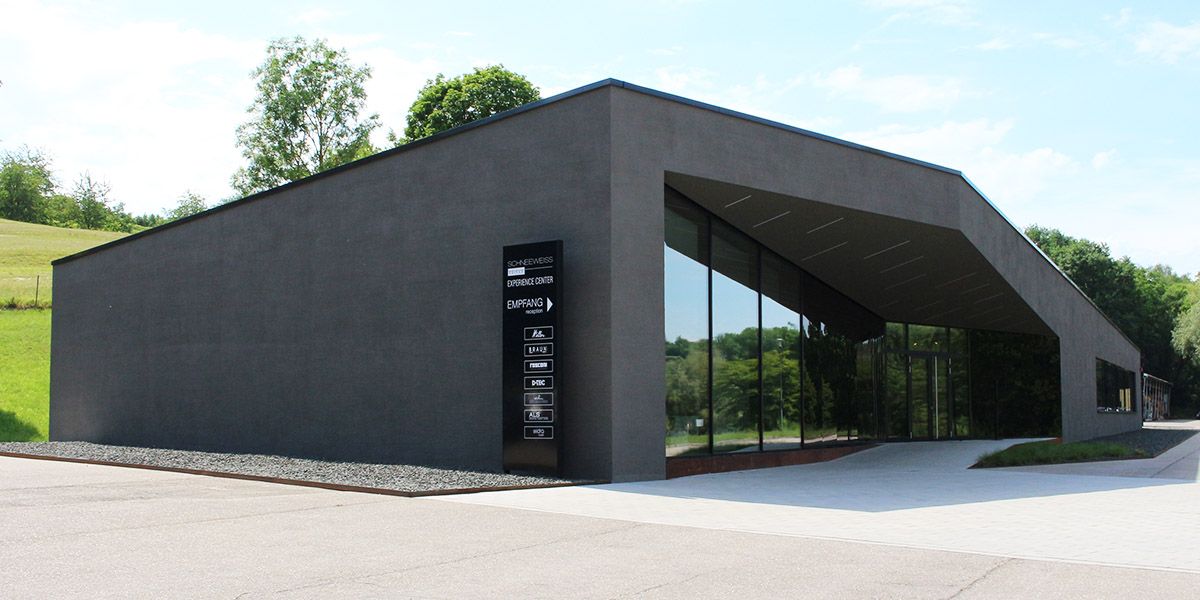
SCHNEEWEISS interior Experience Center

